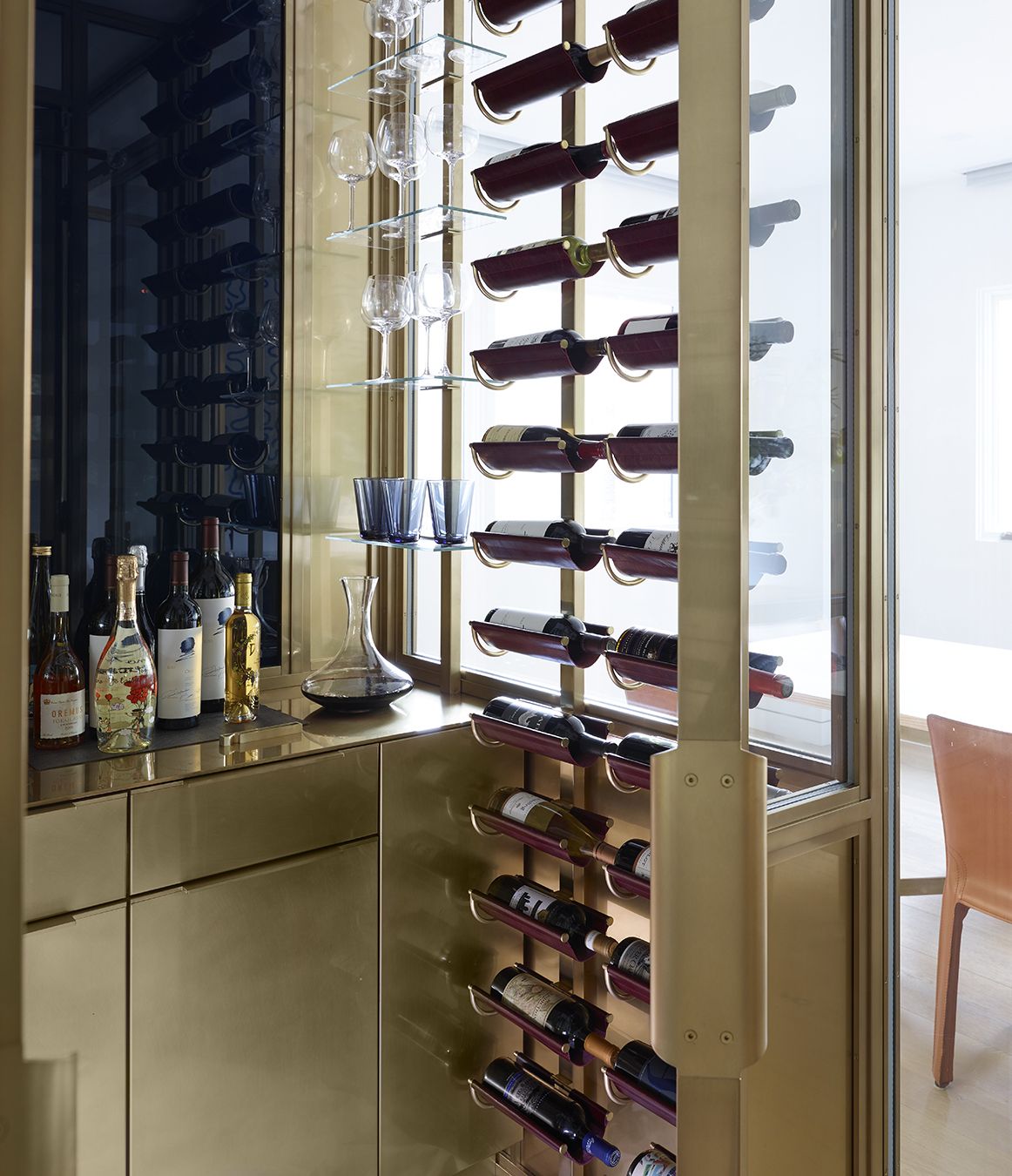Some wine cellar builders wrap the entire interior of the walls and leave the plastic sheeting loose in the stud cavity so that the fiberglass insulation can be placed between each stud.
Wine cellar wall insulation.
A poorly constructed wine cellar may require much more moisture during the same time period not to mention mold issues and your cooling system having to work overtime.
There are two common methods for wine cellar insulation and vapor barriers.
Without sufficient insulation of the wine cellar ceiling walls and floor temperature changes will occur more frequently and tend to mimic the temperatures of the air surrounding the wine cellar.
Spray foam or 6 mil vapor barrier and fiberglass batts.
What should i frame and insulate in my wine cellar.
Keep in mind the thicker the wall depth the more insulation and higher r value can be achieved.
The wine cellar side is the cold side also always use pressure treated lumber next to concrete to prevent rot.
However if you re converting an existing room or closet use blow in insulation in the walls and ceiling.
Frame all cellar walls even concrete walls using standard 2x4 or 2x6 studs.
The more insulation the better for your wine cellar.
Other contractors roll in the batting in between the stud cavities and when this is finished the whole wine storage structure is wrapped with plastic sheeting.
In my humble opinion the best insulation for a wine cellar is closed cell spray foam which is also referred to as 2 pound or medium density.
Remember to attach the vapor barrier on the warm side of the wall between the insulation and the wall covering.





























